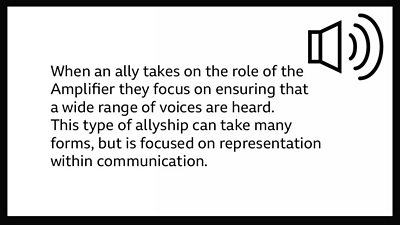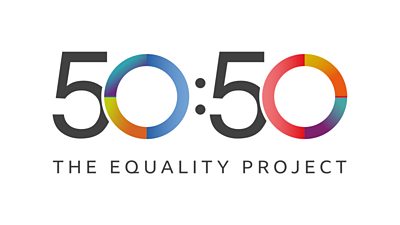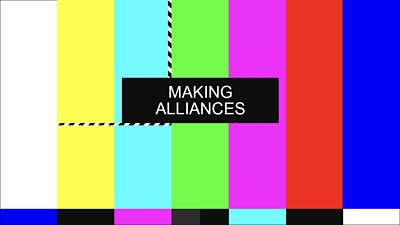Creative Allies Champions will choose the type of ally they commit to being. Each organisation’s leader will also encourage their workforce to do the same, and choose an ally that has been based on process.
The Ally Track will identify the capacities that the user has to facilitate changes from the answers to the questions that the Ally Track generates. Ultimately, these capacities will generate options for inclusive engagement that allies can select for themselves and their teams.
Sponsor

Champion

Advocate

Amplifier

Scholar

Upstander

Confidant

Discover more...
-

Reflecting our world
Inspiring organisations around the globe to create content that fairly represents our society. -

Making a difference
Bringing together leaders, talent, companies and institutions all around the purpose of effective allyship. -

Plotting the future
Five pillars to accelerate the change needed to ensure entertainment is inclusive of all voices in the future.
